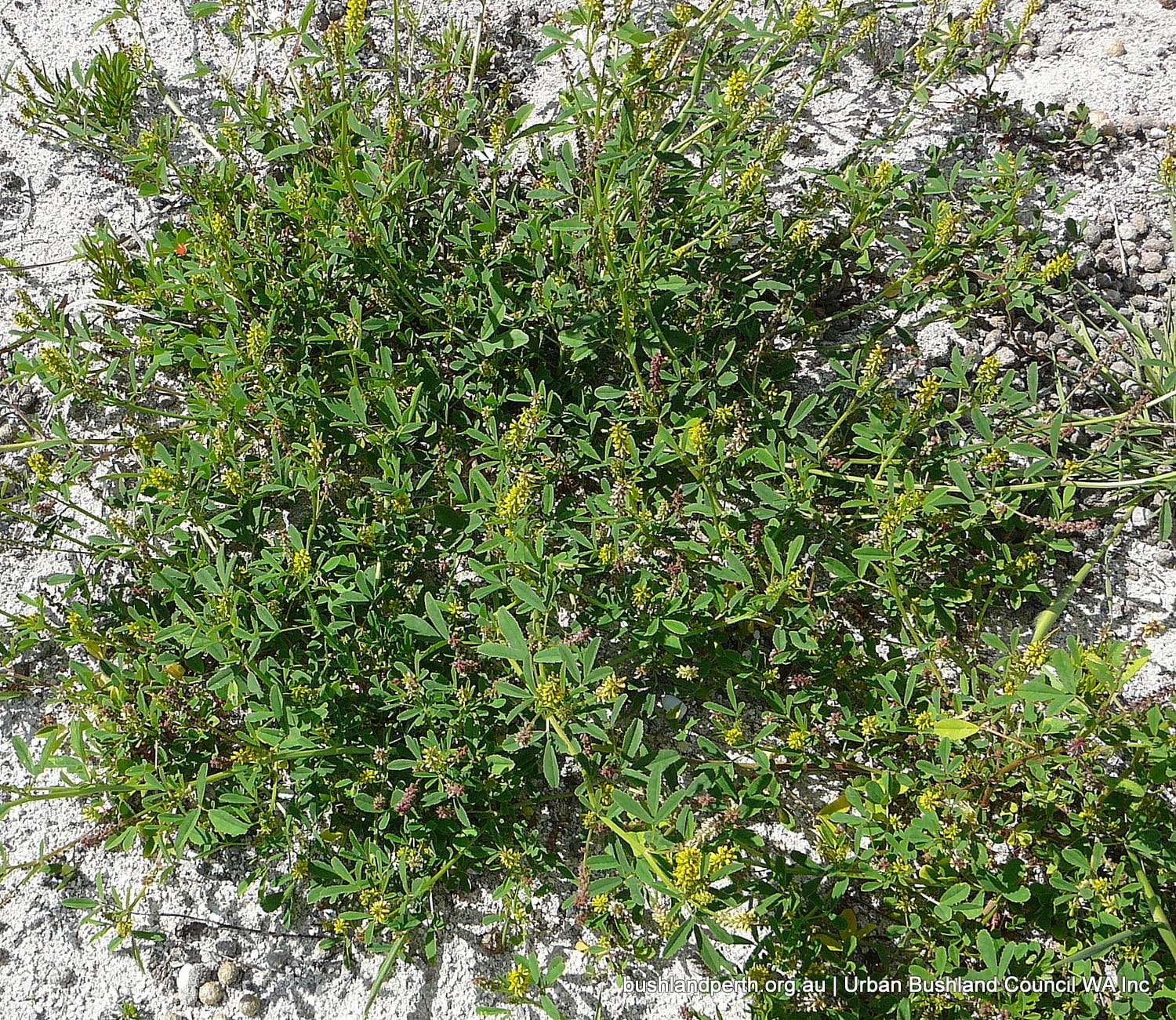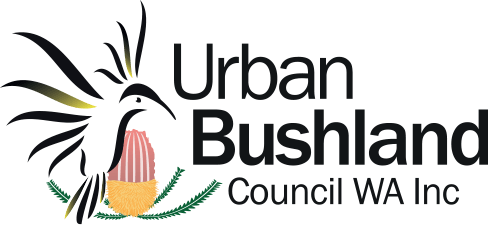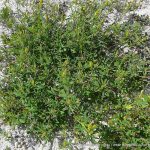Hop Clover

Common name
Hop Clover
Scientific Name
Trifolium campestre
Type of plant
Legumes And Peas (Family Fabaceae)
About this weed
Like many clovers this species has been used in agriculture as a nitrogen fixing plant and soil improver. This annual grows as a prostrate creeper or small erect herb growing to about 30 cm in height. It bears yellow or white flowers in spring and early summer. It originated in the Mediterranean Region of Europe and at least 28 species of Trifolium have become naturalised in Western Australia.
Description
Hop clover is a small prostrate or erect annual. Sometimes it can be biennial and it grows rapidly in spring. It grows to about 0.3 m in height and produces small yellow and white flowers in spring and summer. The flowers have elongated or globular heads that contain 20 to 50 flowers. Hop Clover thrives in temperate regions and does not survive well in dry or hot humid climates. It has low germination rates in unsuitable environmental conditions.
Impact on Bushland
Trifolium species are capable of high rates of nitrogen fixation and therefore may influence the abundance and growth of other plant species.
Location
Hop Clover is distributed widely across the South-West Province. It prefers sandy loams and laterite gravel but also found in coarse-textured soils of low fertility. It is found on flats, slopes, seasonally damp areas, on road verges, in settled areas and along creeks.
Priority for removal
Unknown:
Management (hand)
Not available.
Management (herbicide)
Spot spray with 1% Glyphosate before flowering, alternatively spot spray Lontrel® 3 ml/10 L (150 ml/ha) up to the 6 leaf stage. Read the manufacturers’ labels and material safety data sheets before using herbicides. June, July and August are optimal months for spraying but weeds can also be sprayed occasionally in September.
Flowering month/s
January, August, September, October, November, December
Flower colour/s
Yellow, White
Information source
https://florabase.dpaw.wa.gov.au/browse/profile/4292
Additional information
https://florabase.dpaw.wa.gov.au/weeds/swanweeds/

